Sleep paralysis: Ana’s waking nightmare
From numerous restless nights to frightening images, sophomore Ana Toro has been battling with one of the most important essential activities, sleep. Unable to determine the cause, she tried meditation, medications, and therapy. Now, after months of fearing the unknown and the results of a sleep study, she is able to identify the demon causing her sleep paralysis.
Dark and quiet after a long day, the perfect recipe for sleep.
With heavy eyelids, tiredness takes over.
In the middle of the night you awaken.
And standing in front of you is a dark figure.
Run away? You can’t.
Fight back? You can’t.
Laying in bed unable to move, you are forced to watch it. But for how long?
There’s nothing to do because it’s not real.
This has been sophomore Ana Toro’s reality with sleep paralysis, a condition where the body awakens before the brain, leaving people with nightmare-like hallucinations with the inability to move.
“I’ve been feeling a lot of fear. I’m scared to go to sleep because I’m scared of what might happen if I do go to sleep,” Ana said. “So it’s been really stressful because I know that sleep deprivation can also make it worse, but I’m also hesitant to go to sleep. So if I’m stuck in between the two, it’s like what should I do?”
The brain goes through various stages during sleep, depending on the wave frequencies, with Rapid Eye Movement (REM) sleep being when the mind is the most active.
“[During REM], Brain signals reduce our muscle tone, inhibiting motion and preventing us from acting out our dreams,” Cody Cottier wrote in Discover Magazine. “Only when atonia lingers into wakefulness do we become aware of the distressing inability to move.”
Ana has been struggling with sleep paralysis since the beginning of 2020, as the cause behind the condition can be difficult to identify. For Ana, it reached the point where she took part in a sleep study to hopefully find peace in her waking nightmare.
“The first episode I had was before quarantine, so I’d say like January and then it kind of stopped,” Ana said. “It started up again in June, and then, since June, it’s been happening on a regular basis. It’s definitely been getting worse. It’s like now it’s more aggressive and scarier.”
According to the U.S. National Library of Medicine National Institutes of Health, frightful and bizarre hallucinations make up 75 percent of sleep paralysis episodes.
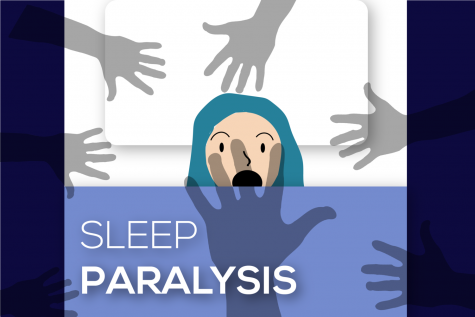
“During an episode I have hallucinations, and I also hear things,” Ana said. “I had one, and I didn’t see the person, but for some reason I felt that it was a woman. And while she was choking me, I saw a little boy with glasses, and I don’t know why I saw him, but I could see him and I could hear him cheering her on almost. It was awful.”
However, sleep is not something Ana has always struggled with, as it was only recently taken away from her. As a result, it was difficult for her to understand what was happening at the beginning, as she thought her nightmares were normal.
“I didn’t know what it was the first time it happened because the first time it happened I was under a lot of stress, and it was a feeling of someone pulling on my feet. I was like, oh, this is just a nightmare; this isn’t anything,” Ana said. “That was in January, and then in June I had one but it wasn’t like I had my own sleep paralysis because I was on medicine, because I was having a lot of trouble sleeping. So they gave me some really strong meds, that I don’t believe they should have, and that one was more of like a drug induced, if you will. So I didn’t really think much of it until it started happening again while I was off the meds. That was when I realized maybe this is sleep paralysis. Maybe I should look into this.”
After doing some research, Ana realized her sleep disruptions could be something more severe than just vivid dreams.
“I told my parents, and they were really confused at the beginning,” Ana said. “It was really frustrating for me because they didn’t understand what was happening, until one night I had a nightmare accompanied by the paralysis, and they saw how it just really ruined me. That day I was a mess, and they saw that and they were like, ‘hey, we should probably be paying more attention’.
Ana’s mom, Christina Toro, initially thought Ana’s episodes were linked to her situational anxiety, as anxiety has been found to be associated with sleep paralysis.
“Honestly I don’t remember the exact circumstances [of when Ana first brought it up] because sleep paralysis, the way she described it, is something that has happened to me before, on a handful of occasions,” Christina said. “I know exactly how it feels and how terrifying it can be. I only remember that when she started to have more frequent and scary experiences I got really worried about Ana’s anxiety. When the most important of these experiences happened, she was going through a very tough moment at her school with one of her best friends. So I always knew there was an anxiety component.”
Hearing about Ana’s difficulty with sleep came unexpectedly for her dad, Juan Toro, who began exploring different ways to help Ana.
“It is not easy for a parent to see their kids suffer, especially with something so basic as sleep,” Juan said. “The first thought was: how can we help her cope with this and what would be the best way to do so? Then a thousand thoughts go through my mind to find a way as to how to help her. I think about therapy, medicine, OTC medicines, yet the best thing to do is to rely on a doctor that understands these situations and will be able to guide us and help our daughter. We also wanted to understand better what was happening to make the right decision as to how we need to start helping her.”
While Ana and her family decided on the next steps they wanted to take, Ana kept experiencing the lifelike hallucinations. But the tormenting thoughts and feelings now lingered into the day.
“It really scares me because I think about it throughout the day and I’ll be like, Oh my god why is that happening to me?” Ana said. “And sometimes I’ll cry about it. Sometimes I’ll try and bury it because I don’t want to think about it, but it eventually catches up to me and it just really ruins my whole feelings for the day.”
Because it is often difficult to identify the cause for sleep paralysis, Ana tried multiple methods to try to control her episodes.
“I had another one where I was laying down on my side, and someone’s stuck their hand like right here [between my neck and chin], and they started messing with my neck,” Ana said. “I knew that I was having an episode, and I tried fighting back. I tried grabbing her hand and twisting her fingers trying to break them, but nothing was happening. I couldn’t hurt her. So I just decided, if I just let it be, it’ll eventually fade. It did fade eventually. I just learned fighting back’s not an option.”
Taking the psychological approach, Ana began working with her therapist to explore the visuals she sees in an attempt to find the root of the problem.
“I’ve been doing therapy for a while, and we’ve been trying to figure it out,” Ana said. “I’ve been drawing out the people that I see to identify who it is and see if it’s someone that I recognize. I have had a lot of paralysis where my dad is involved or my little sister. My little sister has been probably the main character in all of them. She’s been the one that’s really been hurting me for some crazy reason because I don’t understand that.”
While therapy was helping Ana process some images, Christina noticed Ana was still having frequent episodes, which prompted Ana and her family to look into medical help.
“My main worry was to make sure Ana was getting the help she needed to deal with anxiety and any feelings that she couldn’t process and for that reason we got her going to therapy,” Christina said. “I did have questions about sleep paralysis, so I did some digging online and found basically all the symptoms she described. The thing that puzzles me to this day is the frequency of the episodes in Ana’s case. So for that reason we scheduled a sleep analysis at a sleep clinic this week.”
After spending the night connected to a polysomnogram measuring her brain waves and body rhythms, Ana was diagnosed with Obstructive Sleep Apnea, a sleep disorder where throat and tongue muscles relax, blocking the airway.
“What stuck out to me was the fact that the diagnosis the doctor gave me made sense for all the other “symptoms” I was feeling, like being really tired during the day and a bunch of other things,” Ana said. “I wasn’t surprised with the diagnosis though. It’s something that runs in my dad’s side of the family so it wasnt super surprising.”
Now with medical guidance, Ana is able to trace some of her symptoms to Sleep Obstructive Apnea, and will work with a psychologist to put to rest not only her demons but also her mind.
“It is a relief to know what might be causing some of the things I feel during sleep paralysis, like the feeling of someone choking me,” she said. “But it is unfortunately not an underlying cause for it. The rest is more psychological, but that’s something that is going to take time to work through.”

Ana Cuen is a senior and a Managing Editor for Wingspan this year. She is also involved in NHS, Student Council, and Best Buddies. Outside of school Ana...

Morgan Kong is a Senior in Wingspan. She is currently interning at the Frisco Chamber of Commerce for Graphic Design and enjoys listening to music, finding...





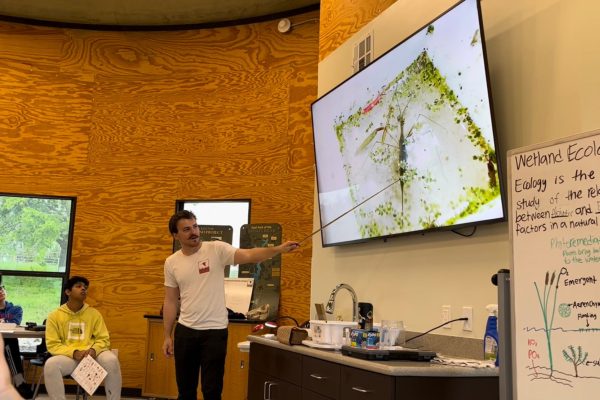
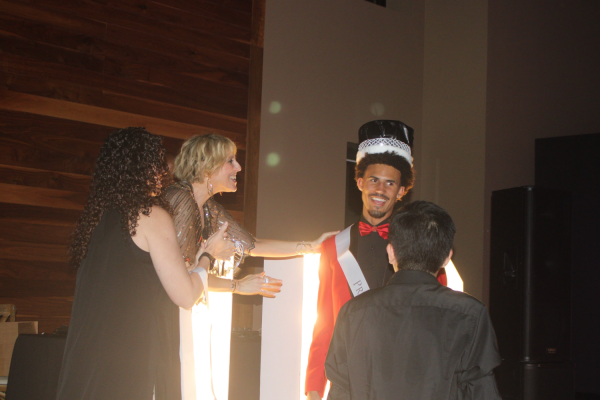
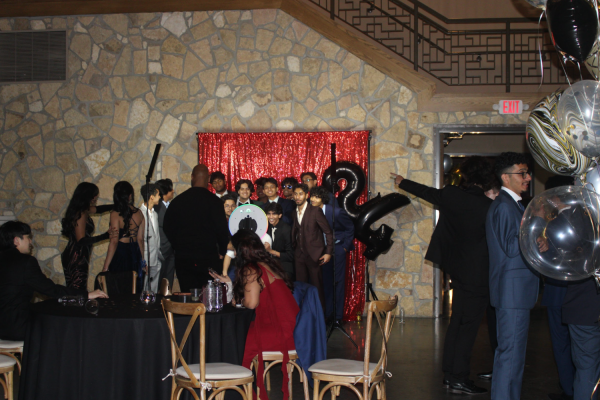
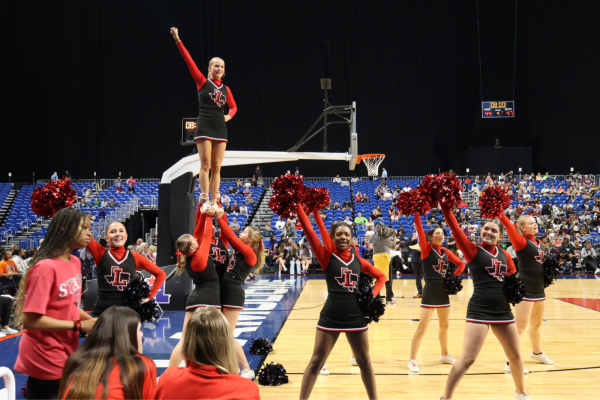
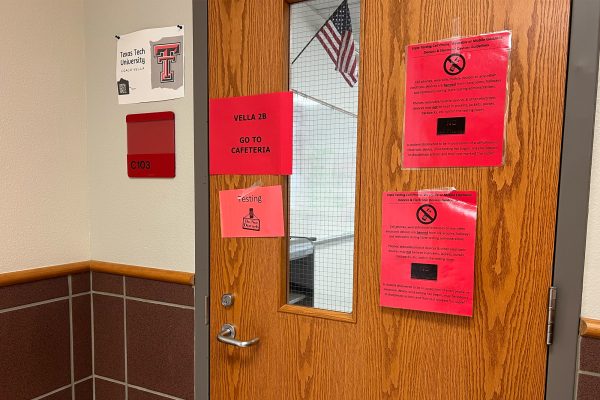

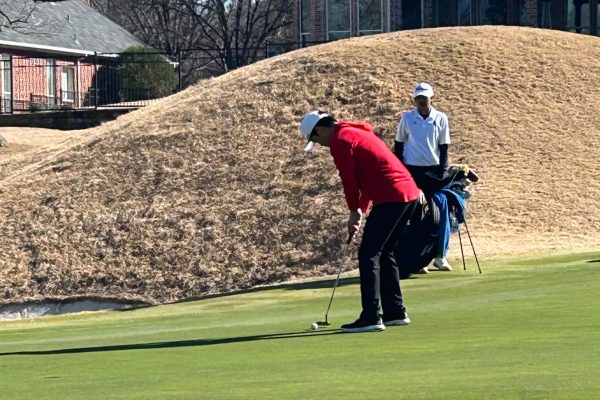
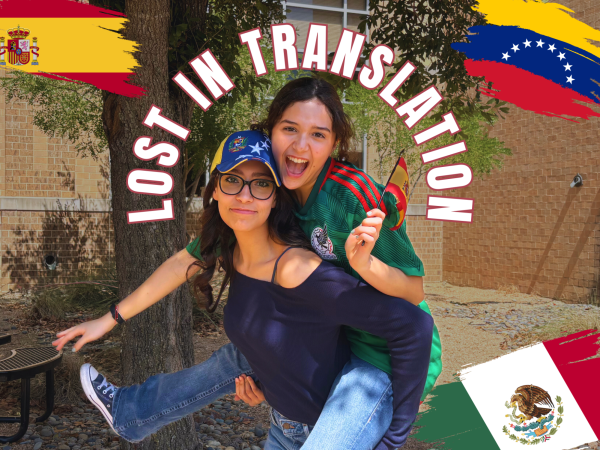

derrick forrester • Jan 17, 2021 at 9:01 pm
Had it as a child & never did understand the cause….it was draining and bewildering. I’m almost 60 & am still curious as to what caused it.